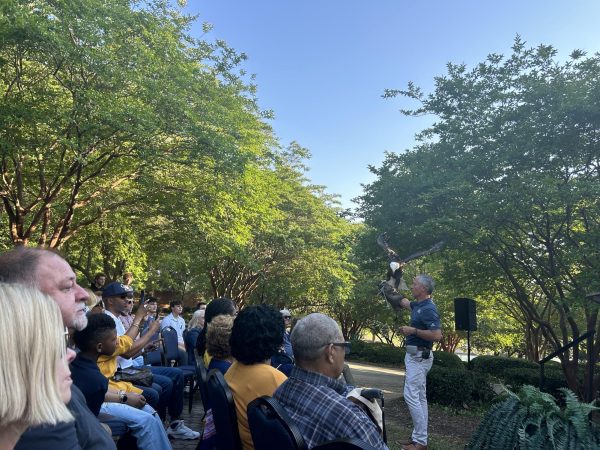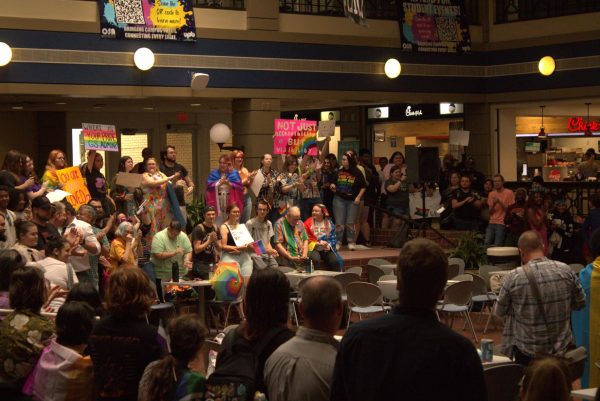GS’ Professors speak out on student attendance and disengagement
November 28, 2022
Faculty speaks up about student attendance in their classes.
What’s new: Based on an anonymous form that faculty filled out with 16 total responses 56.3% of professors enforce an attendance policy within their classrooms.
- Most professors who enforce an attendance policy allot for 2 to 5 unexcused absences depending on the amount of meeting times per week.
- After these absences, teachers take their student’s participation grade into further account.
GS’ teachers acknowledged a decline in student attendance in the past 2-3 years.
- 75% of the professors agreed students attendance had dropped since, while 25% of teachers disagreed.
GS’ teachers each explained their individual responses to the concern.
- “Attendance has always been a problem, in my opinion, I award full attendance.”
- “I incentivize attendance by connecting it to in-class assignments, while also doing increased outreach for students who have numerous absences,” said another professor. “I have increased the amount of in class activities that require peer discussion and engagement to help increase participation.”
- “I have tried both reward and penalty methods, and neither have worked. I have to convince myself that students are making their own choices and must be able to live with the consequences.”
Why it matters: These professors told the George-Anne, anonymously, how student disengagement has affected them in their roles as educators.
- “It’s disappointing,” said a GS Professor. “Research has shown that regular class attendance is predictive of better performance on assessments and keeps students engaged, which leads to a higher overall grade for the course.”
- “I do far more outreach to students who are not showing up, but ultimately, college students are adults. They are making the choice to be in college; they are making the choice to attend or not to attend class. I think the vast majority of faculty care deeply about our students, and there is an emotional toll on us when we see disengagement.”
- “It’s really sad to spend a lot of time preparing for class and then come to an ‘empty’ classroom.”














